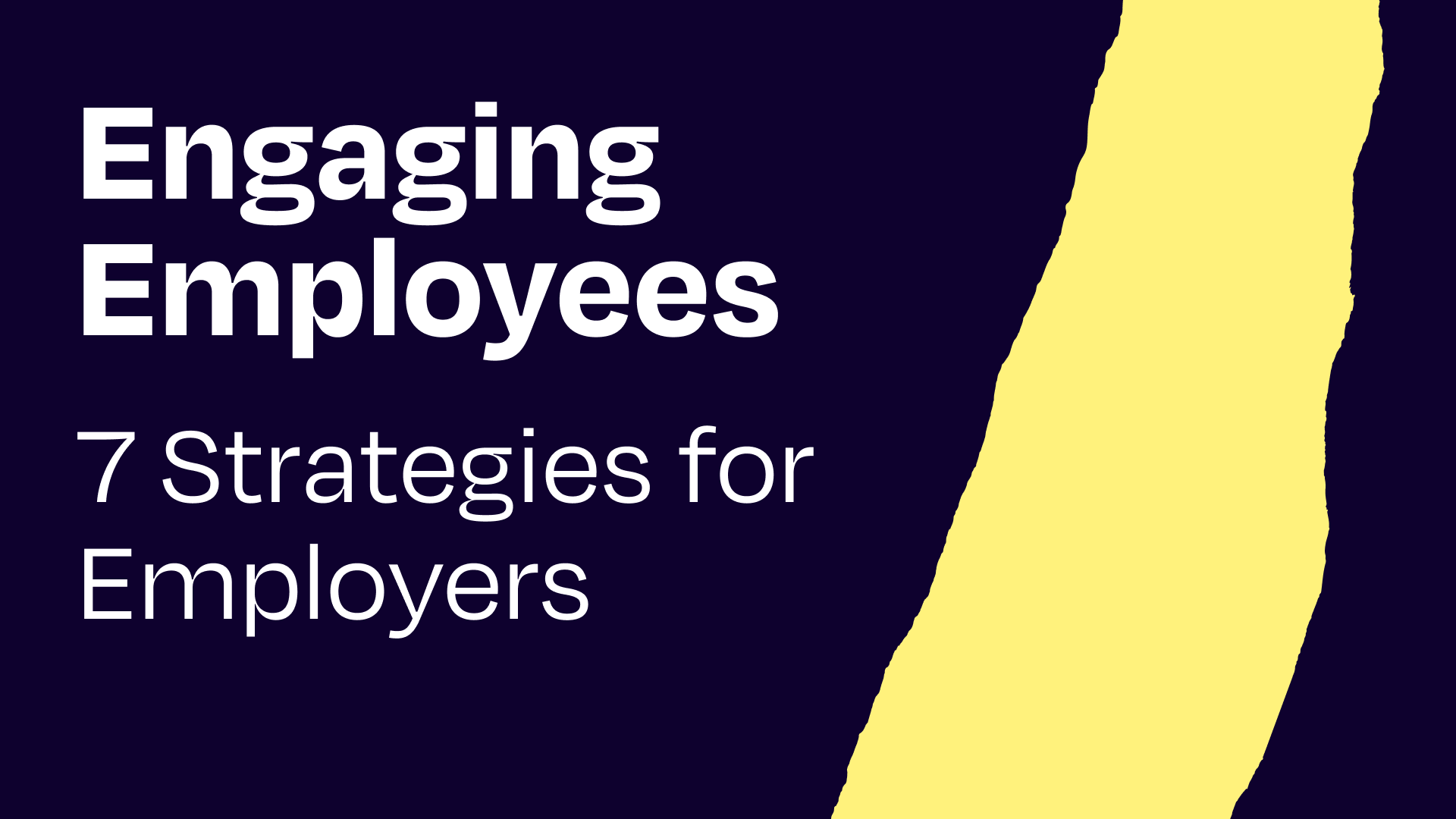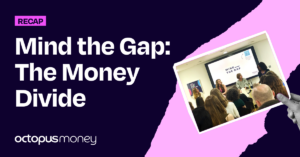Reach more people with more impact!
It’s that time of year again. For many workplaces, your annual benefits window is coming up. Are you ready to grab people’s attention? And show you support them and their financial wellbeing?
With money worries still one of the biggest causes of poor mental health, employers can’t afford to ignore it’s impact on productivity or people’s drive to look for new jobs.
Helping people engage and take full advantage of your financial wellbeing initiatives is a great place to start!
Here are our top tips to help you reach more people, more of the time – and with more impact.
1. Be ‘always on’ for money conversations
Whether you have an annual benefits window or more flexibility, it’s important to keep up the communication and activities year round. “Persistence is key,” said Michaela O’Neill, Head of Reward and HR Analytics at global market research business Ipsos told us in a recent webinar.
Offering regular sessions on general topics, or tailored sessions on specific products, all helps make finances a part of everyday working life and a ‘normal’ topic to engage with at work.
2. Make sure it’s accessible to all life stages
People can be sceptical of new financial benefits, so getting the tone of communications right is key – make it understandable, relevant and accessible for all your employees.
“Sometimes people think financial wellbeing programmes are only for people with lots of money. They think talking about money is only for the rich!” says Shah Abbasi, Head of Coaching, Octopus Money Coach.
On the other hand, Michaela from Ipsos observes, “We find people think a financial wellbeing programme is only for junior staff – but it’s something you can benefit from throughout your career.” That’s a great message to make sure you get across.
3. Make it recognisable
Michaela also advocates branding your financial wellbeing programme, to help employees quickly recognise financial wellbeing communications and resources. Ipsos calls their program “SmartSavings” to differentiate it from other HR communications. In workplaces with lots of internal communications going to employees, a brand can help cut through the noise.
Coupled with consistency and accessibility this can help to build greater trust, and more confidence and comfort being open about money worries.
4. Avoid one-size-fits-all
Make sure your programme of events and communication about financial wellbeing has variety that will appeal to everyone. The young people who want to understand credit ratings, as well as the ‘sandwich generation’ who might be juggling many demands on their time and money.
Personalising and focusing on key ‘milestone moments’ will really enhance that benefit and make people feel supported. Michaela says, “There’s no one size fits all when it comes to people and money.”
5. Take a coaching-led approach
People learn differently. And with complex topics like pensions, the jargon can get in the way of understanding. “We’re really never taught any of this stuff,” says Shah. “It’s uncertainty and a lack of confidence that often stops people making the most of their finances.”
Having a coach helps employees translate and connect the technicalities of financial planning to their real life. Coaches are also there for when circumstances change (for the worse or better). Not everyone wants the world to know when they’re thinking of starting a family, for example, but they might want help deciphering how parental leave policies will apply to them.
6. Think about the wider impacts – like EAP use or pension contributions
How do you measure the effect of your efforts in financial wellbeing? Do you measure it?
“We can see a direct correlation between our pension provider coming in to do a session and an increase in pension contributions,” says Michaela. She also suggests less demand on your Employee Assistance Programme is a sign wellbeing initiatives are working. “And you can learn a lot by asking for feedback of course,” says O’Neill. “We do that regularly. Then again, sometimes no news is good news!”
Financial coaching also helps you measure tangible, financial impact in real time. “We gather anonymised data that shows how many employees are increasing their emergency savings, are more protected by insurance and wills or are feeling better about managing their debt, for example,” explains Shah.
7. Enthusiasm is infectious, so lead from the front
As an employer, your own passion for financial wellbeing initiatives will undoubtedly drive their success. Michaela says, “It’s important to have senior buy-in. Senior leaders have to be part of the process. Ideally management highlight our information for their teams. Having that collaboration really helps.”
So, get your fellow leaders on board and fire up your financial wellbeing programme – because after all it’s at the heart of all your employee wellbeing: “if people are financially stressed that impacts every other leg of the wellbeing strategy,” explains Michaela.


